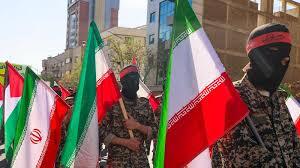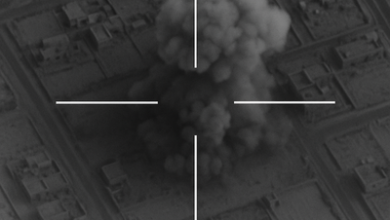
In recent developments, Iranian-backed militias, including Hezbollah, the Houthis, and Iraqi groups, launched a series of coordinated attacks against Israeli targets. These actions, occurring on June 24-25, are part of Iran’s broader strategy to demonstrate support for Hamas in Gaza amidst ongoing conflicts.
The Islamic Resistance in Iraq claimed a drone attack on Israel’s Eilat port, while Hezbollah reported multiple drone strikes on IDF bases in northern Israel. Concurrently, the Houthis targeted ships in the Arabian Sea, escalating their involvement.
Despite these efforts, Iran’s strategy shows diminishing returns. The Israeli Defense Forces (IDF) intercepted the threats without significant impact. This pattern indicates Iran’s struggle to shift the strategic balance against Israel, despite increased operational activity across various fronts.
Iran’s Broader Geopolitical Implications
Iran’s multifaceted campaign aims to showcase its regional influence and support for Palestinian groups. However, the effectiveness of these tactics remains questionable as the IDF continues its operations with minimal disruption. The situation underscores the complexity of Iran’s geopolitical maneuvers and the challenges in achieving substantial gains through proxy warfare.
As tensions persist, the international community closely monitors these developments, aware that any significant escalation could have broader implications for Middle Eastern stability.




